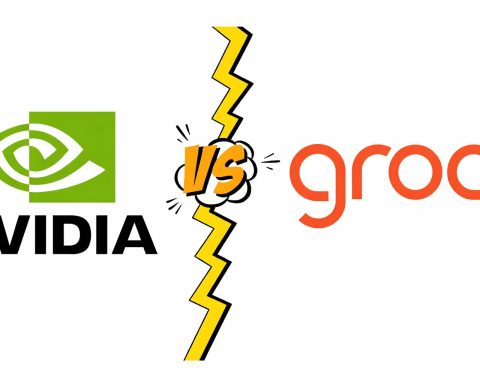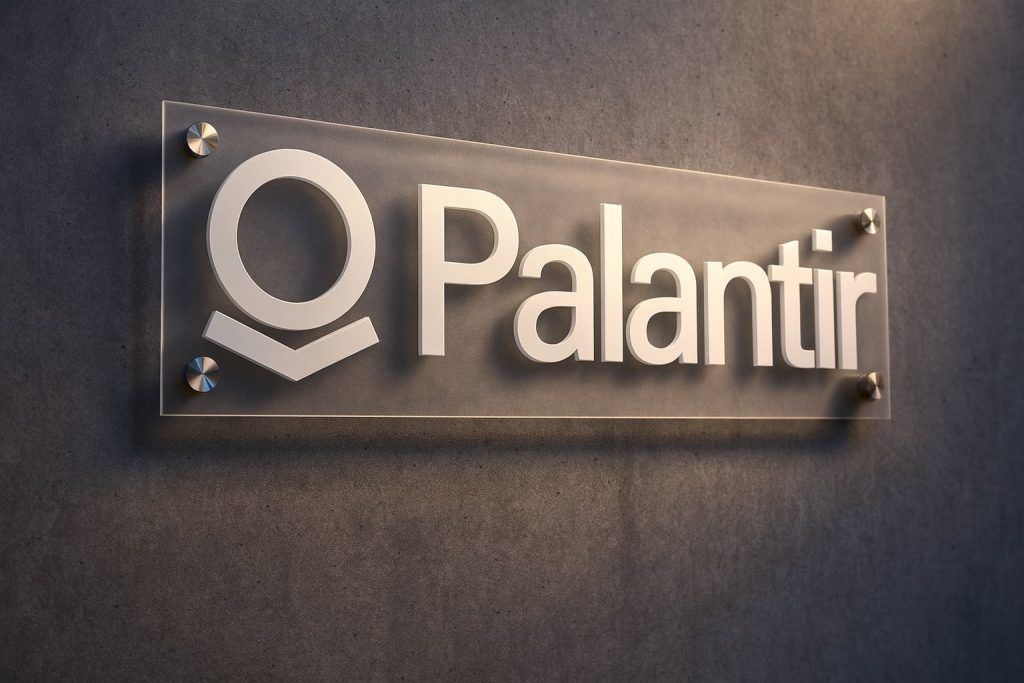- Shocking Results: Porsche AG (FWB: P911) posted an operating loss of €966 million in Q3 2025, versus a €974 million profit a year earlier – a 95.9% year-over-year collapse [1]. Analysts had expected a much smaller loss (around €611M) [2].
- Key Culprits: Management blames a strategic retreat on electric vehicles, heavy import tariffs and weak luxury sales. U.S. tariffs alone will cut profitability by roughly €700 million this year [3]. In total, Porsche reckons its EV overhaul – including dropping its own battery plans – will cost about €3.1 billion in 2025 [4].
- Leadership Shakeup: Oliver Blume (also VW CEO) will hand over the Porsche CEO role to Michael Leiters (ex-McLaren) in early 2026 [5], reflecting investor unrest. Meanwhile CFO Jochen Breckner warned that 2025 will be a “trough” year for earnings, with only a modest recovery expected in 2026 [6].
- Labor & Costs: Breckner said Porsche is exploring “large-scale solutions” in labor talks to cut costs, focusing on pay and perks rather than more layoffs [7]. The company already plans to axe 1,900 permanent jobs (plus 2,000 temporary roles) over the next years [8].
- Market Impact: Investors dumped Porsche shares on the news (the stock slid steeply on the Frankfurt exchange), and analysts have slashed forecasts. Porsche now expects full-year 2025 margins of only ~2% (vs. 14% in 2024) [9], and only high single-digit margins in 2026 as sales (especially in China) remain under pressure [10] [11].
Why Profits Cratered: Apart from tariffs, Porsche cited a sudden about-face on its EV strategy. In September the company scaled back its electrification plan, shelving plans for a proprietary battery factory and slowing EV projects. These moves triggered one-time charges and raised doubt about future growth. CEO Blume (soon to step down) had to admit that Porsche’s “shift to electric vehicles” is slowing, at a time when rivals are racing ahead [12]. At the same time, luxury buyers in China – a key market – are tightening their belts; CFO Breckner noted “general market conditions will not improve in the foreseeable future” [13].
Leader’s Take: CFO Breckner struck a cautiously hopeful tone. He said that 2025 should mark the bottom of the cycle, with profits set to bounce back in 2026. “We expect 2025 to be the trough that precedes a noticeable improvement for Porsche from 2026 onwards,” he told analysts [14]. Porsche is even holding firm to its full-year guidance: it still predicts up to ~2% return on sales in 2025, down from 14% in 2024 [15]. Breckner also warned that proposed U.S. price hikes (to offset tariffs) would lift U.S. sales prices in coming months, and that the 2025 dividend will be “significantly” lower than the €2.31 paid last year [16].
Stock Outlook: With Porsche’s results and outlook so weak, analysts have turned bearish. In after-hours trading the share price tumbled, wiping out much of 2025’s gains. Many now say Porsche’s valuation is under threat until the EV strategy proves itself. One market watcher notes that Porsche is facing “one of the biggest crises in Europe’s auto sector”, and that even a luxury brand can’t escape global headwinds [17]. On the bright side, the management change (Michael Leiters taking over) is aimed at restoring confidence. If Breckner’s forecast is right, investors may see the stock stabilize as early as 2026, when volume and margins begin to recover.
Analyst Quotes: “Porsche’s business model is being stress-tested,” says auto analyst Jens Meyer (HSBC). “High R&D costs for new EVs, plus tariffs and a softer luxury market, have pinched margins. But once new models ramp up and tariffs ease, the brand’s premium appeal could drive a turnaround.” However, he cautions that “the next 6–12 months will be very tough” for the share price. Another specialist, Marie Koller of Citybank, notes that “Porsche’s decision to drop its battery plant was prudent given demand, but the sudden shift shook investor confidence.”
Bottom Line: All eyes will be on Porsche’s upcoming guidance for 2026, and on VW group updates. For now, though, 2025 is shaping up as a deep trough year, with Porsche treating it as such. Readers should watch for updates in the auto sector – any sign that German demand or EV trends pick up could help forecasts.
Sources: Porsche’s Q3 earnings and outlook (Reuters) [18] [19]; expert commentary on tariffs, EV strategy and leadership change [20] [21] [22]. (Further analysis: Reuters, Bloomberg.)
References
1. www.reuters.com, 2. www.reuters.com, 3. www.reuters.com, 4. www.reuters.com, 5. www.reuters.com, 6. www.reuters.com, 7. www.reuters.com, 8. www.reuters.com, 9. www.reuters.com, 10. www.reuters.com, 11. www.reuters.com, 12. www.reuters.com, 13. www.reuters.com, 14. www.reuters.com, 15. www.reuters.com, 16. www.reuters.com, 17. www.reuters.com, 18. www.reuters.com, 19. www.reuters.com, 20. www.reuters.com, 21. www.reuters.com, 22. www.reuters.com










